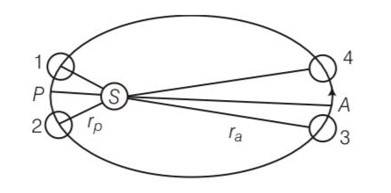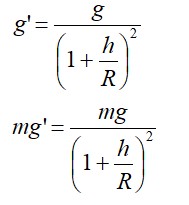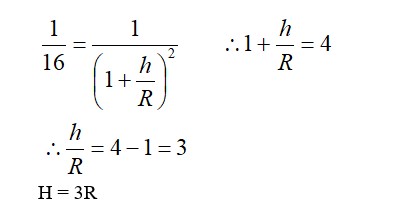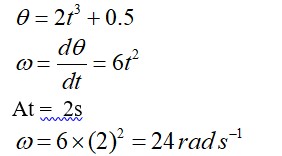Earth’s orbit is an ellipse with eccentricity 0.0167. Thus, earth’s distance from the sun and speed as it moves around the sun varies from day to day. This means that the length of the solar day is not constant through the year. Assume that earth’s spin axis is normal to its orbital plane and find out the length of the shortest and the longest day. A day should be taken from noon to noon. Does this explain variation of length of the day during the year?
Earth’s orbit is an ellipse with eccentricity 0.0167. Thus, earth’s distance from the sun and speed as it moves around the sun varies from day to day. This means that the length of the solar day is not constant through the year. Assume that earth’s spin axis is normal to its orbital plane and find out the length of the shortest and the longest day. A day should be taken from noon to noon. Does this explain variation of length of the day during the year?
-
1 Answer
-
This is a Long Type Questions as classified in NCERT Exemplar
Explanation-let m be the mass of the earth vp, va be the velocity of the earth at perigee and apogee respectively. Similarly wp and wa are angular velocities.

At perigee, at apogee
If a is the semimajor axis of the earth's orbit then rp=a (1-e) and ra=a (1+e)
= 0.00167
Let w be the angular speed which is geometric mean of wp and wa and corresponding to mean solar day.
=1.0691
If w corresponds to 10 per day then wp = 1.0340 per day and wa= 0.9670 per day . since 3610=24, mean solar day we get 361.0340 which corresponds to 24h,8.14' and 360.9670 corresponds to 23h59min52'. So
...more
Similar Questions for you
->R3 = (R + x)2 (R – x)
->R3 = (R2– x2) (R + x)
->x2 + Rx – R2 = 0
Stress
R is not correct.
Taking an Exam? Selecting a College?
Get authentic answers from experts, students and alumni that you won't find anywhere else
Sign Up on ShikshaOn Shiksha, get access to
- 66k Colleges
- 1.2k Exams
- 680k Reviews
- 1800k Answers




